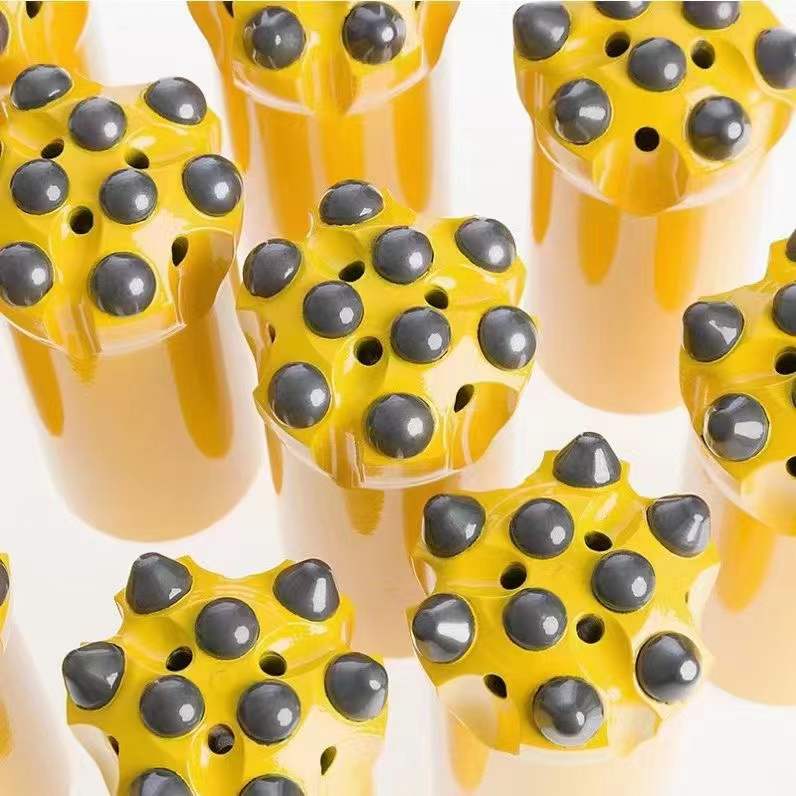What material is the rock drill rod made of? How heavy is one?
Related products Link:
The drill rod is the part that connects the drill bit and the drill tail in the rock drill, and bears the task of transmitting impact energy to the drill bit, rotating torque and flushing medium. In actual use, the force condition of the drill rod is harsh, and it is a vulnerable part that is easily consumed in large quantities.
Everyone will have questions before buying, is it a material problem that the consumption of drill rods is so large? So what material is the drill rod generally made of? Are there any requirements for size and weight? Today we will answer your questions.
1. Material of drill rod
The drill rod is used at the front end of the rock drill and bears most of the impact force, so the hardness requirements are very high.
At present, the main material for the production of drill rods is steel, and the strength and hardness of the drill rods are improved by adjusting the proportion of carbon, chromium, molybdenum, nickel and other chemical elements in the steel.
According to its chemical element content, the types of steel are divided into carbon steel, silico-manganese steel, chromium steel, silico-manganese-molybdenum steel, and silico-manganese-molybdenum-vanadium steel.
The content of manganese affects the toughness and tensile strength of the drill rod; the content of silicon affects the yield strength of the steel to make the manufacturing process of the steel easier.
Second, the classification of drill rods
Drill rods can be divided into cone-shaped connecting rods and threaded connecting rods according to their connection modes.
The tapered connecting drill rod is suitable for drilling shallow holes. The tail part is connected to the rock drill by the shank tail, and the tapered part of the head is connected to the drill bit. However, this connection method has a drawback, that is, the tapered connection sleeve is easy to fall off during work, and it takes time to repair.
Threaded connection drill rods are more suitable for use when drilling deep holes. It can use a sleeve with female threads to connect two drill rods with male threads. As the depth of the hole deepens, multiple drill rods can be connected. It is very convenient to remove it from the connection after the chiseling is completed. However, as the connection length increases, this drill rod is easy to break, and its workmanship is complicated, and the unit price is relatively high.
Three, the size and weight of the drill rod
The size and weight of the drill rod depends on its model specifications, the more commonly used models are B19, B22, and B25.
The B19 thread connection specification is 1/2-12M14*1.5, the length is between 0.4-2.8m, and the weight can be calculated at 2.26kg/m.
B22 thread specifications are M14*2 or M16*2, and the specifications are 1 meter, 1.5 meters, and 2 meters. Generally, drill rods of more than 3 meters are not used, and the weight can be calculated as 3.06kg/m.
The diameter of B25 is 25mm, the taper is 7, and the length can be selected between 0.3-10 meters, and the weight can be calculated at 3.96kg/m.





